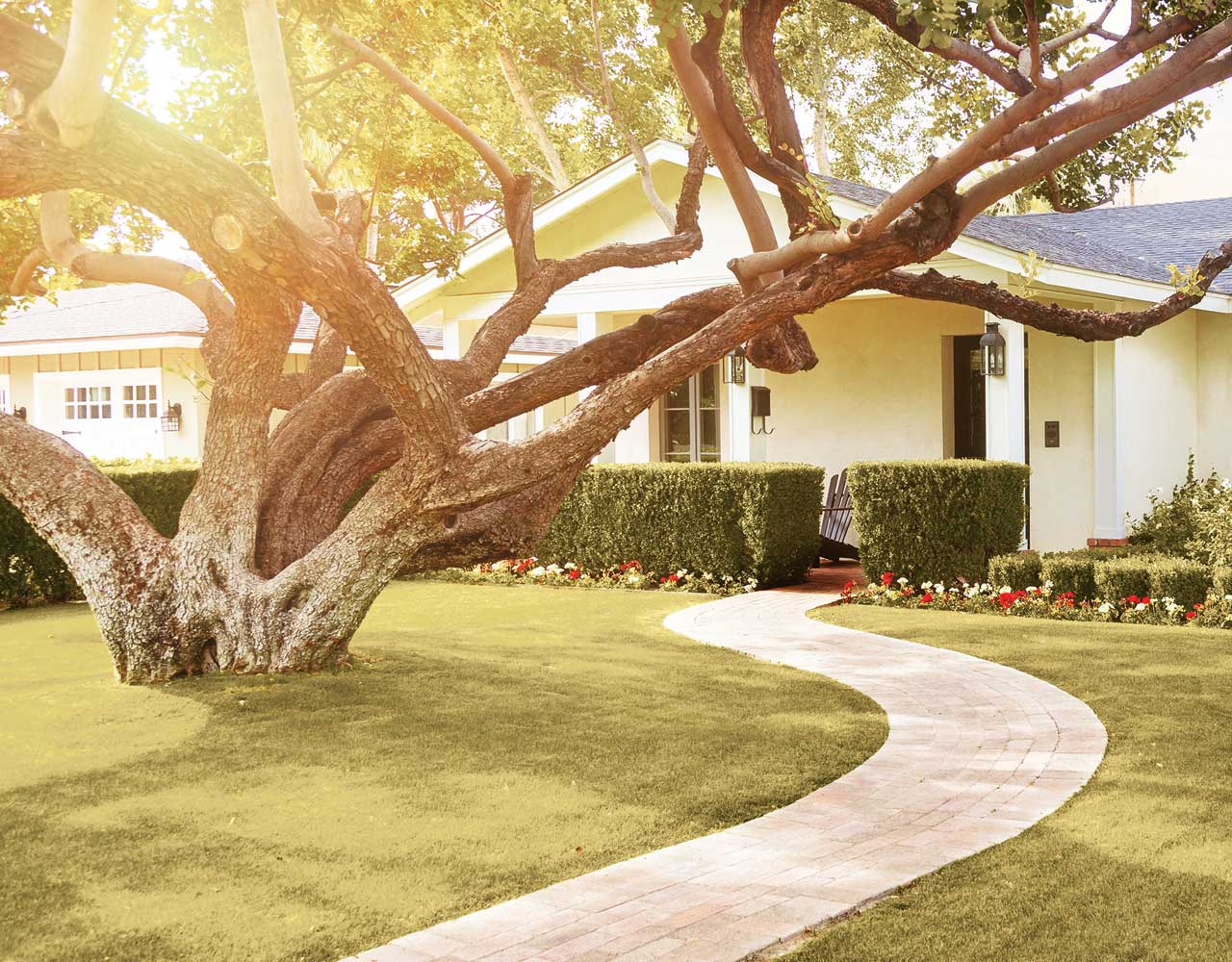Though Florida is known for its semi-tropical environment, winter conditions can diminish the appearance of plants and lawns. Temperatures from mid-December through March often dip into the 40’s, even into the low 30’s, with frosts sometimes extending into South Florida.
After cold fronts, it is common to see reddish-purple coloration, yellowing, or browning of grass blades and leaves of some trees and shrubs throughout the winter months.
Deciduous trees and shrubs will experience leaf loss, though new growth will emerge in the spring. Cold temperatures affect lawns variably and in no consistent pattern, depending on soil texture, exposure, slope, dips, radiant heat from plants and homes, compaction, or other factors. All or part of one lawn may turn brown, while another close by remains green. Any areas infested with crabgrass will turn straw-colored after a cold snap that dips into the 40’s or below.
Lawns typically take on a generalized yellow or brown appearance from mid-December through March, depending on the onset, severity, and duration of cold temperatures. During this time, there is very little growth until temperatures warm up in the spring. We receive occasional requests during this time to fertilize or “DO SOMETHING!” to get the lawns green again. Additional fertilizer or irrigation will not counteract the will of Mother Nature. As plants “go to sleep” during the winter months, they are physiologically inactive and take up virtually no nutrients from the soil. Applying additional fertilizer or irrigation at this time is wasteful, can compound injury, and can lead to leaching of nitrogen into groundwater supplies and to runoff into surface waters. Irrigation watering events should be suspended when temperatures are forecasted at 38 degrees or below to prevent damage to the landscape plants and turfgrass.
Cold weather effects on the landscape are not desirable; however, they are normal and should be expected during the winter months in Florida. When consistent warmer temperatures return in the spring, plants in the landscape will begin growing again, and most will recover completely from any winter injury that may have occurred. We thank you for your patience this season and appreciate the opportunity to serve you!
